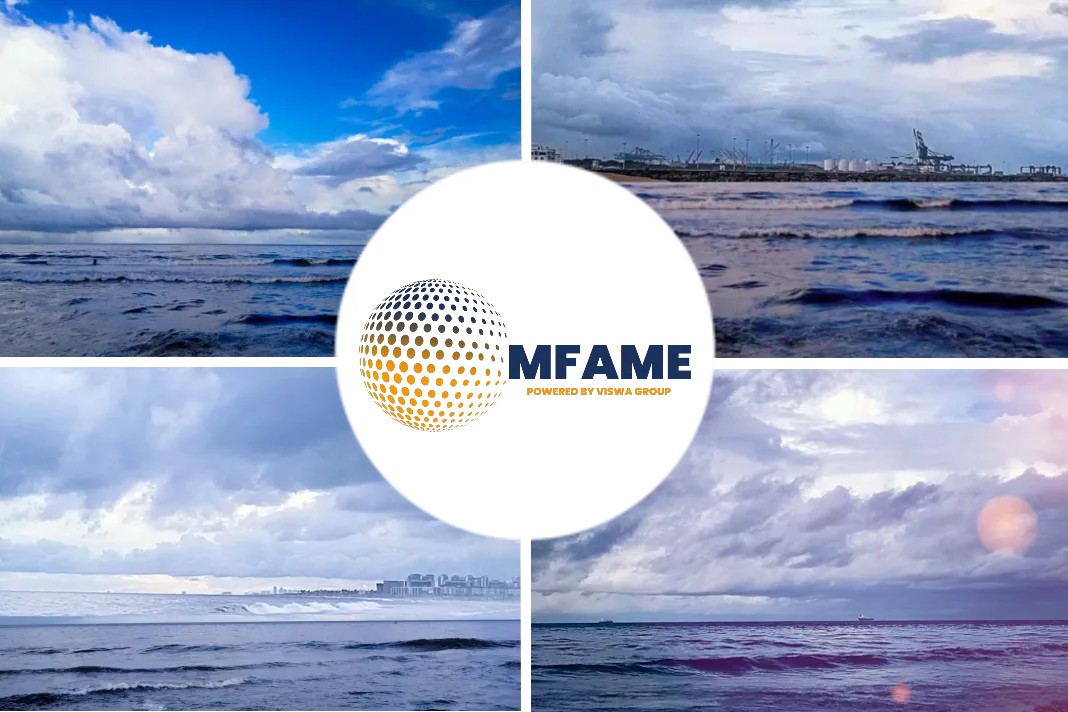The pathway to decarbonize shipping is fraught with various hurdles but some strides are being made, with the need to build a circular carbon economy, achieve heightened collaboration, and develop scalable zero-carbon fuels while also enhancing energy efficiency of ships being increasingly recognized as vital steps to achieve that goal, industry experts said at an event in Singapore, reports SP Global.
Greenhouse gas strategy
The upgraded IMO greenhouse gas strategy is set to be adopted mid-2023, Lim said, adding that the key element of the strategy is an enhanced level of ambition in line with a global agreement to accelerate the reduction of GHG emissions from international shipping towards its decarbonization by the middle of this century.
“To make this possible, the IMO member states have already initiated discussions to set a maximum carbon content for marine fuels and the carbon pricing mechanism to incentivize R&D of low and zero carbon fuels, and the move to these new fuels,” Lim said.
While the move was welcome, there was a need for precise and transparent “measurability around carbon intensity”, Jeremy Nixon, CEO of Singapore-headquartered Ocean Network Express, or ONE, noted during a panel discussion at the same event.
“We want to see a common accounting visual system where we can see what the carbon intensity of the fuels is we are using, not just from where we take them on and bunker them through to where we burn them … but all the way through from the well to the wake of the ships,” Nixon said.
From ONE’s perspective, the company is aiming for a 70% carbon intensity reduction by 2030, Nixon said, adding that various initiatives were underway to achieve that.
“So already over the last 10 years, we’ve been building bigger ships, moving more fuel-efficient ships,” he said.
“Secondly, we’re starting to look at new builds which could be retroactively fitted in the future for the new fuel types and engine types. So, my own company is now ordering ships, which will come out the shipyards in 2024-2025 still burning carbon fuel but by 2028 or 2029 or 2030 go back in the yard and be retrofitted for carbon capture, maybe for ammonia, maybe for green methanol,” he said, adding that this would overcome the problem of ending up with stranded assets.
Daunting tasks ahead
According to the Global Center for Maritime Decarbonization, or GCMD, CEO Lynn Loo, decarbonizing shipping was a complex process because the timeline to achieve this transition was “substantially compressed.”
“The energy infrastructure as we know it took more than a century to build and here, we are trying to transition to a completely different energy infrastructure in less than 30 years,” she said.
The other challenge involves having a huge number of players across this entire fuel supply chain, making interdependencies “very important”, she said.
The GCMD was directing its efforts to identifying and plugging in the gaps in the supply chain.
A specific example is the ammonia bunkering safety study awarded to a DNV-led consortium in January.
“We are looking at the safety of bunkering ammonia, figuring that it is a no regret move. If we can iron out the safety guidelines, iron out the operation guidelines in the meantime before ammonia becomes at scale, then by the time ammonia becomes at scale, we are ready to go,” she said.
Separately, the GCMD was also getting ready to roll out a big pilot involving 13 ships across 3 ports, she said, adding that this would provide “transparency and traceability across the supply chain for drop in fuels.”
Quah Ley Hoon, chief executive at the Maritime and Port Authority of Singapore, also a panelist at the same event, noted that the MPA was tackling decarbonization both at the domestic and the international level.
“On the domestic front, we’re very clear we have to strive for net zero. So, PSA and Jurong Port, our port terminals have aimed for a net zero position by 2050, and they’ve been putting in place a lot of trials and pilots including hydrogen fuel cell prime movers to make our port more efficient,” she said.
On the international front, as a hub port and the world’s largest bunkering port, “we need to ensure that standards and regulations are in place and that’s where we commit to actually go for a multi-fuel bunkering hub,” she said, adding that the Port of Singapore was ready for alternatives including LNG, LSFO, biofuels while also planning to go in for methanol, ethanol, hydrogen to promote greener shipping.
The MPA is working with various stakeholders including shipping companies, energy companies, class societies because implementing “standards requires a whole value chain ecosystem effort,” she said, adding that it was also forging collaborations such as the Clydebank Declaration for Green Shipping Corridors to pilot and deploy green solutions.
Meanwhile, Nixon also agreed that collaboration was vital to achieve industry goals. “Decarbonization should not be a point of competition,” he said.
Did you subscribe to our daily Newsletter?
It’s Free! Click here to Subscribe
Source: SP Global
























